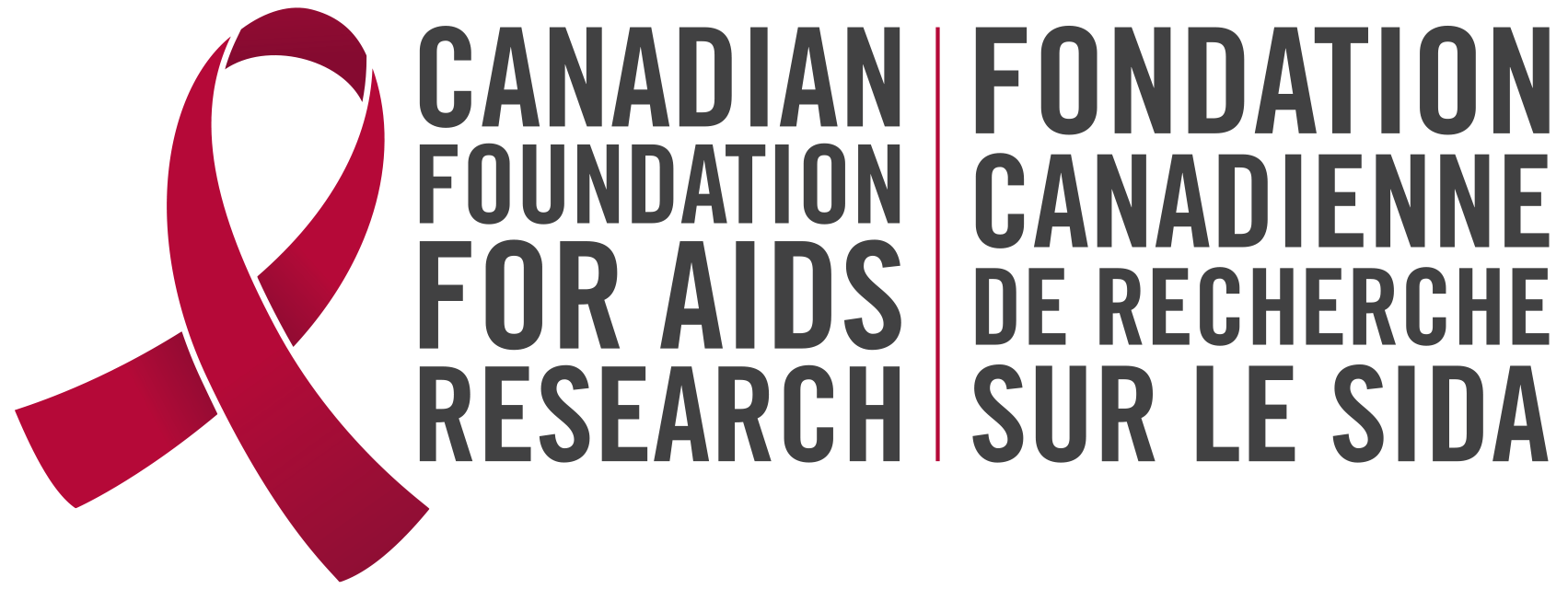
When HIV is undetectable, it's untransmittable
When HIV is undetectable, it's untransmittable
Twenty-five years of research and studies have proven that people living with HIV and on effective treatment cannot pass on the virus through sexual contact.
HIV is a sexually transmitted and blood-borne virus that weakens a person’s immune system and can eventually progress to a condition called AIDS, if left untreated. Since the early 1980’s, over 42 million people around the world have died from AIDS-related causes, making it one of the deadliest pandemics in history.
Antiretroviral therapy, or ART, reduces the amount of HIV in a person’s bloodstream to levels so low that it can’t be detected on standard blood tests. This is called being undetectable. When the amount of HIV in someone’s blood is this low, the virus cannot be transmitted through sexual activity. This is called untransmittable.
The science of undetectable = untransmittable, or U=U, was pioneered through research – observational studies, cohort studies – that looked at thousands of serodiscordant couples – relationships where one person has HIV while the other does not – and determined that there is zero risk of transmission when an HIV viral load is undetectable.
In 2016, the Prevention Access Campaign launched U=U as a major disruptor in HIV/AIDS communications, and ever since it has been a beacon of hope for people living with HIV around the world.
We finally had an evidence-based, science-backed message that would help people to not live in fear of the virus. We could combat myths about HIV with a simple, easy to remember equation.
—
The Government of Canada even officially endorsed the global declaration on U=U in 2022 ahead of the Montreal-hosted International AIDS Society Conference.
—
And yet, according to the People Living with HIV Stigma Index, currently being implemented by ReachNexus in Canada, 45 percent of people living with HIV in Ontario have had people physically back away from them after learning they have HIV. Fifty-seven percent said they feel ashamed of having HIV, and 75 percent are careful about to whom they reveal their status.
We still have a long way to go.
But the more people know about U=U, the more we can eliminate HIV stigma and improve the quality of life for people living with HIV.
The more people know about U=U, the more we can tear down barriers to getting tested for HIV and minimize the fear of a positive diagnosis.
The more people know about U=U, the more we can stop the spread of misinformation and improve prevention efforts.
—
The more people know about U=U, the more we’ll put people first – not their HIV status.
HIV RESEARCH SAVES LIVES.
HIV RESEARCH SAVES LIVES.

More resources
Keep exploring

